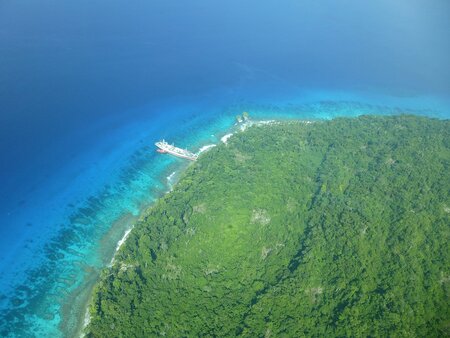Applying international standards in response to oil spills in remote areas (2014)
8 July 2014

Kelly Reynolds
Paper presented at the 2014 International Oil Spill Conference (IOSC), 6-8 May 2014, Savannah, Georgia, USA
It is accepted international practice that the level of effort invested in oil spill contingency planning and preparedness should be related to the best available, location-specific risk evaluations. Accordingly, high risk and/or highly sensitive areas often see greater degrees of planning and pre-incident resource allocation than low risk areas. High risk areas typically include navigational 'choke points' for shipping or approaches to ports; highly sensitive areas would include areas of intense coastal tourism, mari-culture, or natural resources (e.g. coral reefs or mangroves). Naturally, levels of preparedness vary between countries for a variety of reasons including availability of resources (i.e. funding) or priorities. Whilst logical, this approach to contingency planning leaves open a gap in response capacity in so far as incidents do still occur from time to time in what are normally thought of as extremely low risk areas. Good examples are the infrequent, yet still important, incidents that occur from passing vessel traffic on long-distance, inter-continental routes. Other examples are incidents from scheduled shipping routes servicing remote areas or even passenger vessels visiting remote locations such as the Arctic or the Antarctic.
Because remote areas are often characterised by a general lack of infrastructure and because local authorities in remote locations typically do not have appropriate funds, training and manpower to deal with unexpected oil spill incidents, the intensity and quality of emergency response and post-incident follow-up tends to depend on the involvement of outside parties. The question arises, what is appropriate "international practice" in response operations in terms of the types/methods of work undertaken, the termination standards applied, health and safety issues, and post-incident follow-up, such as monitoring studies. The intent of this paper is to discuss the meaning of "international standards" for oil spill response in the context of remote operations. Practical examples will be drawn from remote spills world-wide, including incidents in Tristan da Cunha (in South Atlantic), Madagascar, and Papua New Guinea.
Categories: Africa, Americas, Oceania, Planning & operations, Papers
